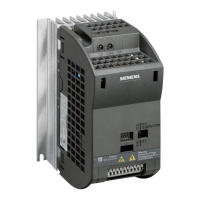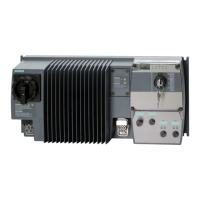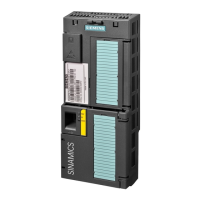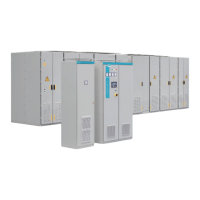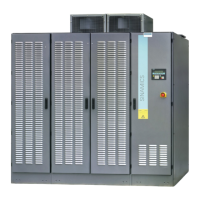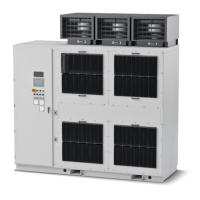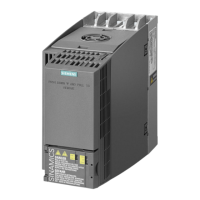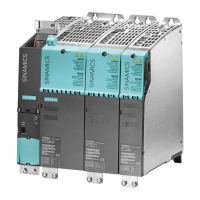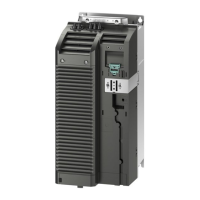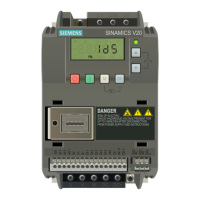6.4.4 Self-optimization of the speed control
Self-optimization of the speed control
If you have not only selected motor data identication with the motor stationary, but also
rotating measurement with self-optimization of the speed control, you must switch on the
motor again as described above and wait for the optimization run to nish.
Quick commissioning has been completed once the motor data identication has been
successfully completed.
Recommendations
• Induction motors
When commissioning induction machines, you are advised to proceed as follows:
– Before connecting the load, a complete "rotating measurement" (p1900 = 3 or without
encoder: p1960 = 1; with encoder: p1960 = 2) should be carried out. Since the induction
machine is idling, you can expect highly accurate results for the saturation characteristic
and the rated magnetizing current.
– When the load is connected, speed controller tuning should be repeated because the total
moment of inertia has changed. This is realized by selecting parameter p1960 (without
encoder: p1960 = 3; with encoder: p1960 = 4). During the speed optimization, the
saturation characteristic recording is automatically deactivated in parameter p1959.
• Permanent-magnet synchronous motors
When permanent-magnet synchronous motors are commissioned, the speed controller
should be tuned (p1900 = 3 or p1960 > 0) when the load is connected.
6.5 Saving the settings in the converter (RAM → EEPROM)
The parameter values are normally saved as volatile data in the RAM of the converter. After you
nish the commissioning, you must save your settings to the converter's non-volatile memory
(EEPROM) to prevent unexpected data loss. If an optional memory card is present, performing
the save operations (RAM → EEPROM) automatically copies all settings to the memory card.
Commissioning
6.5Saving the settings in the converter (RAM → EEPROM)
SINAMICS G115D Wall Mounted distributed drive
124 Operating Instructions, 07/2023, FW V4.7 SP14, A5E52808211A AA
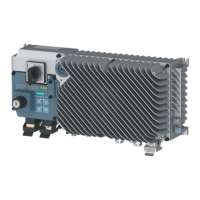
